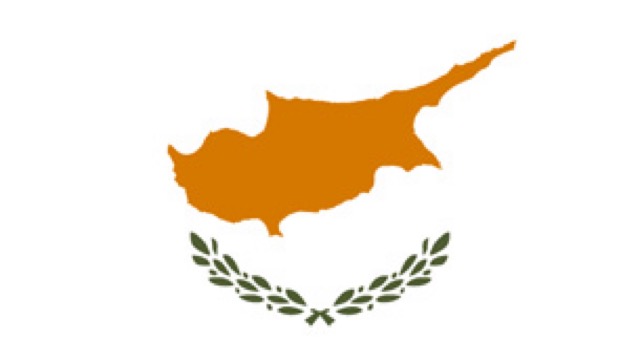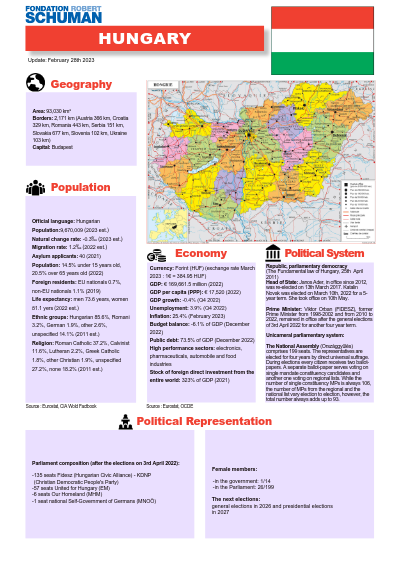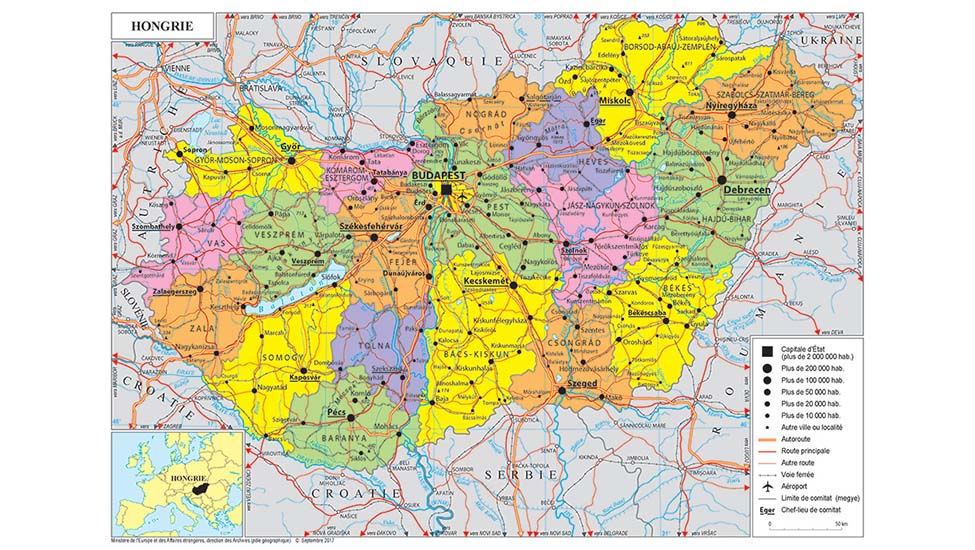
Geography
Area : 93,030 km²
Borders : 2,171 km (Austria 366 km, Croatia 329 km, Romania 443 km, Serbia 151 km, Slovakia 677 km, Slovenia 102 km, Ukraine 103 km)
Capital : Budapest
Official language : Hungarian
Flag
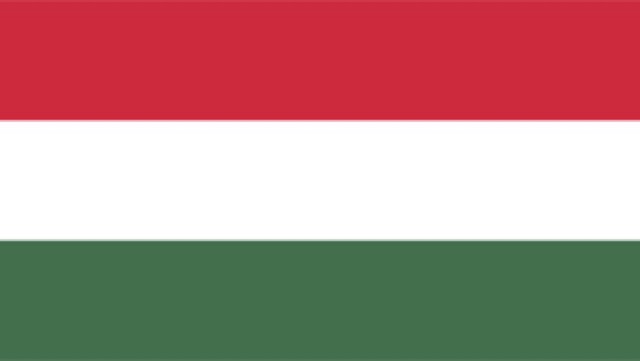
Population
Population : 9,580,054 (Q1 2024)
Crude natural change rate : - 4.3‰ (2023)
Population repartition: 14.5% under 15 years old, 20.5% over 65 years old (2023)
Foreign residents: 1% EU nationals, 1% non EU nationals (2021)
Crude net migration rate: 2.7‰ (2023)
First time asylum applicants: 30 (2023)
Life expectancy: men 73.6 years, women 80.1 years (2023)
Religions: Roman Catholic 37.2%, Calvinist 11.6%, Lutheran 2.2%, Greek Catholic 1.8%, other Christian 1.9%, unspecified 27.2%, none 18.2% (2011 est.)
Ethnic groups: Hungarian 85.6%, Romani 3.2%, German 1.9%, other 2.6%, unspecified 14.1% (2011 est.)
Source : Eurostat, CIA Wold Factbook
Economy
Currency: Forint (HUF) (exchange rate October 2024: 1€ = 408.67 HUF)
GDP: € 196,639.0 million (2023)
GDP per capita (PPS): € 14,430 (2023)
GDP growth : -0.9% (2023)
Inflation: 3% (September 2024)
Public debt: 75.8% of GDP (Q2,2024)
Unemployment: 4.3% (August 2024)
Stock of foreign direct investment from the entire world: 191.5% of GDP (2022)
Performance sectors: electronics, pharmaceuticals, automobile and food industries
Budget balance: -6.7% of GDP (2023)
Source : Eurostat, OCDE
Political system
Republic, parliamentary democracy (The Fundamental law of Hungary, 25th April 2011)
Head of State: Tamás Sulyok was elected on February 26th 2024 for a 5-year term. He took office on March 5th 2024.
Prime Minister: Viktor Orban (FIDESZ), former Prime Minister from 1998-2002 and from 2010 to 2022, remained in office after the general elections of 3rd April 2022 for another four year term.
Unicameral parliamentary system: The National Assembly (Országgyűlés) comprises 199 seats. The representatives are elected for four years by direct universal suffrage. During elections every citizen receives two ballot- papers. A separate ballot-paper serves voting on single mandate constituency candidates and another one voting on regional lists. While the number of single constituency MPs is always 106, the number of MPs from the regional and the national list vary election to election, however, the total number always adds up to 93.
Political representation
Parliament composition (since April 2022):
- 135 seats Fidesz (Hungarian Civic Alliance) - KDNP (Christian Democratic People's Party)
- 15 seats DK (Democratic Coalition)
- 10 seats Momentum (centrist party)
- 10 seats MSZP (Hungarian Socialist Party)
- 8 seats Jobbik - Conservatives
- 6 seats MHM (Our Homeland Movement)
- 6 seats PM (Hungarian Dialogue Party)
- 5 seats LMP (Hungarian Green Party)
- 3 independents
- 1 MNOÖ (National Autonomy of Germans in Hungary)
Women's representations
- in the government: 0/16
- in the Parliament: 27/198
Next Elections:
On The Same Theme
Country Sheet
Country Sheet
Country Sheet
Country Sheet
Country Sheet
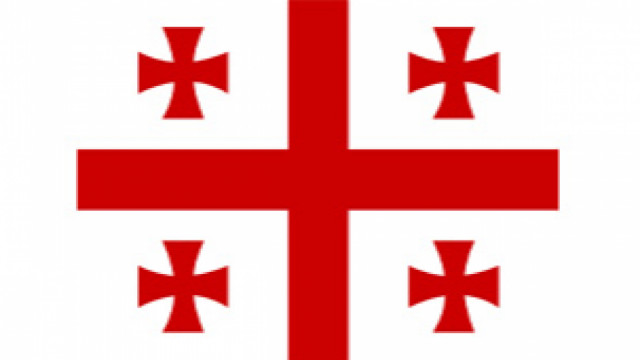
Country Sheet
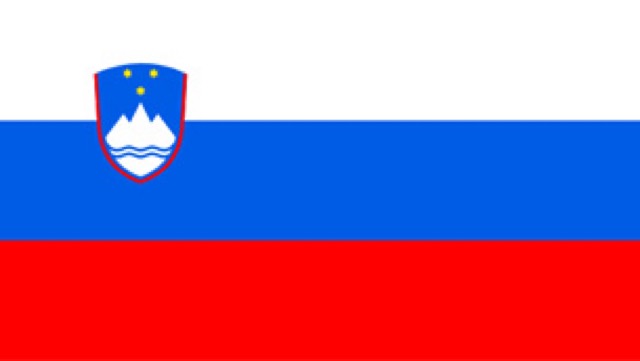
Country Sheet
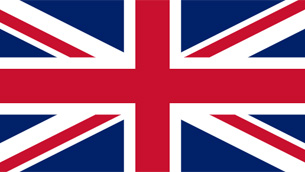
Country Sheet
